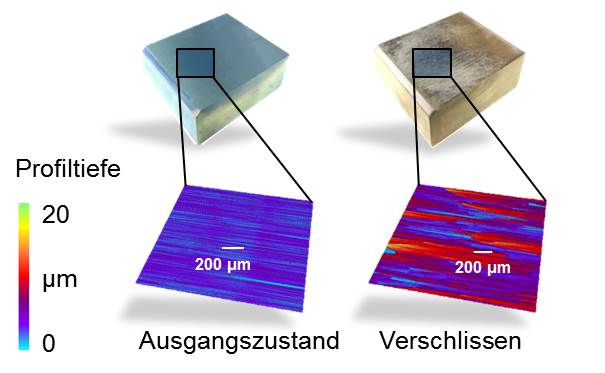
Tool-side Impact on the Tribological Conditions within Hot Stamping
Third party funded individual grant
Start date : 01.02.2017
End date : 31.01.2019


Project details
Short description
Lightweight construction is critical regarding the fuel consumption and the material requirement of future cars. Hot stamping has been established as a common technology for reducing the weight of modern car bodies besidesthesubstitutionofconventionalsheet material byaluminumor high strengthsteels. The numerical simulation has an increasing importance for the process design of hot stamping applications due to the complex thermo-mechanical interdependencies. The design of hot stamping processes based on the so called trial-and-error procedure is not sufficient regarding time and effectiveness. By accurately modeling the tribological conditions within hot stamping, the product design times can be reduced significantly. At the same time expensive further treatment of the tool is omitted. Another critical expense factor is the tool life of hot stamping tools, which is mainly limited by adhesive and abrasive wear. The current knowledge about the tribological conditions within hot stamping are not sufficient for improving the process design significantly or to express measures for increasing the tool life of hot stamping tools.
For modeling the thermal and mechanical stresses under hot stamping conditions, flat strip drawing tests and strip drawing tests with redirection will be performed. The relation between the characteristics like hardness or thermal conductivity of different tool materials and their tribological behavior will be investigated. Furthermore, the influence of the tool surface on friction and wear will be examined. Besides uncoated tools, tool coatings that are suitable for hot stamping applications will be analyzed. The results of the strip drawing experiments will be used for defining functional and cause-effect relations. The knowledge about these relations will be used for improving the existing friction modeling which will be implemented in commercial finite element software.
The tribological results will be verified subsequently with a close-to-process geometry on the laboratory scale as well as with serial components. Based on the experimental investigations, tool-side measures for improving the effectiveness will be defined. Furthermore, the results provide a basis for improving the existing friction modeling by integrating the tool-sided influence on the friction conditions.